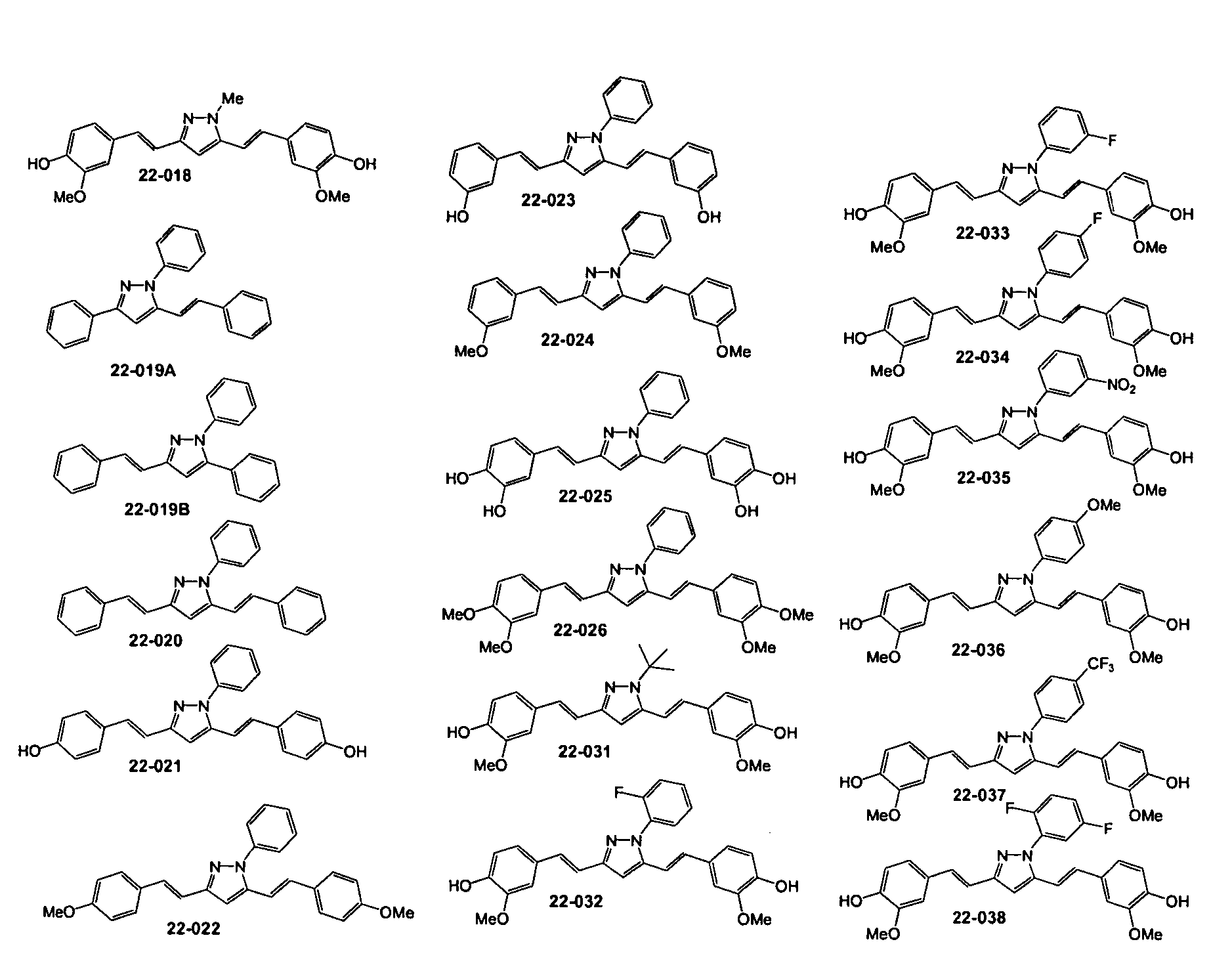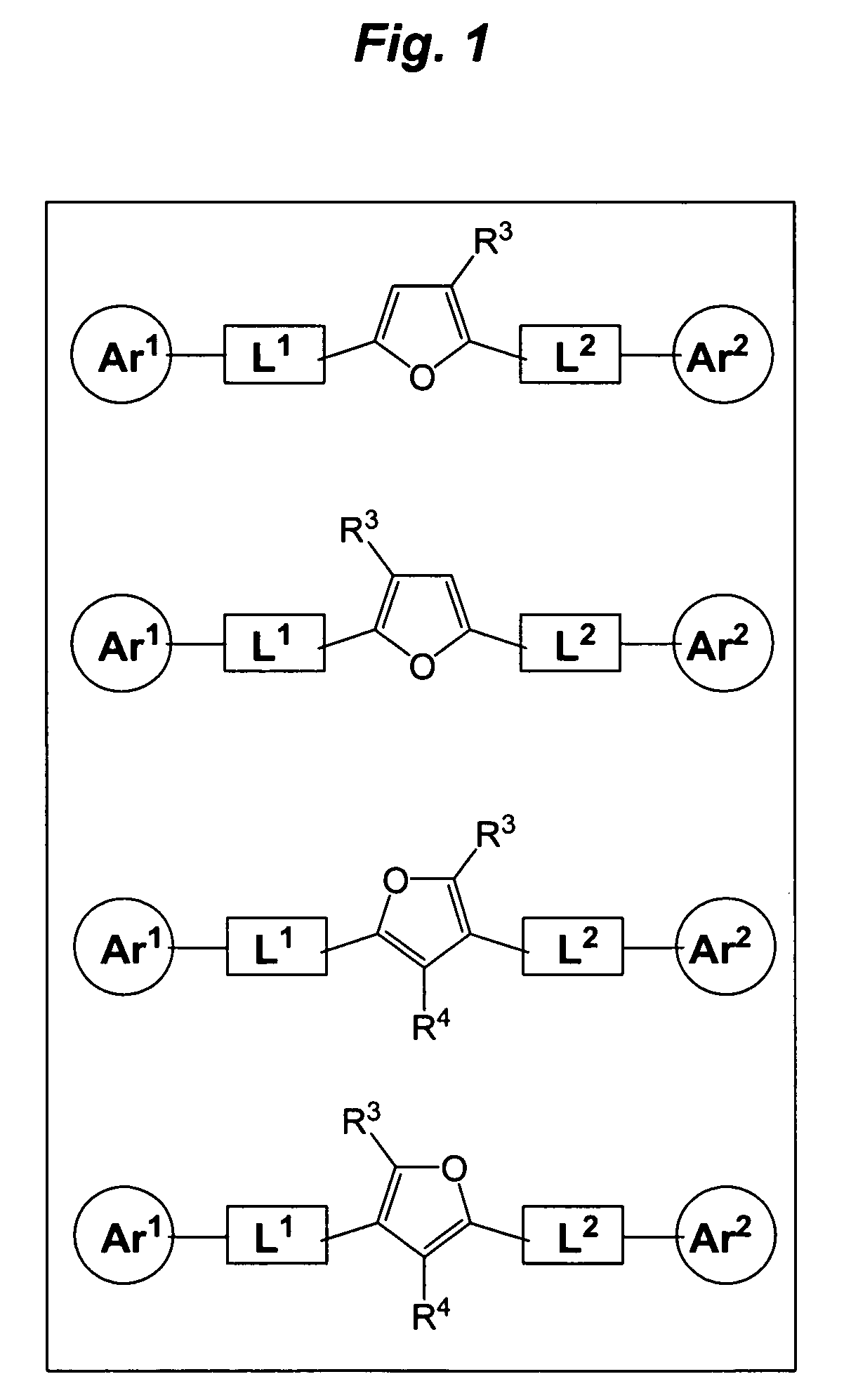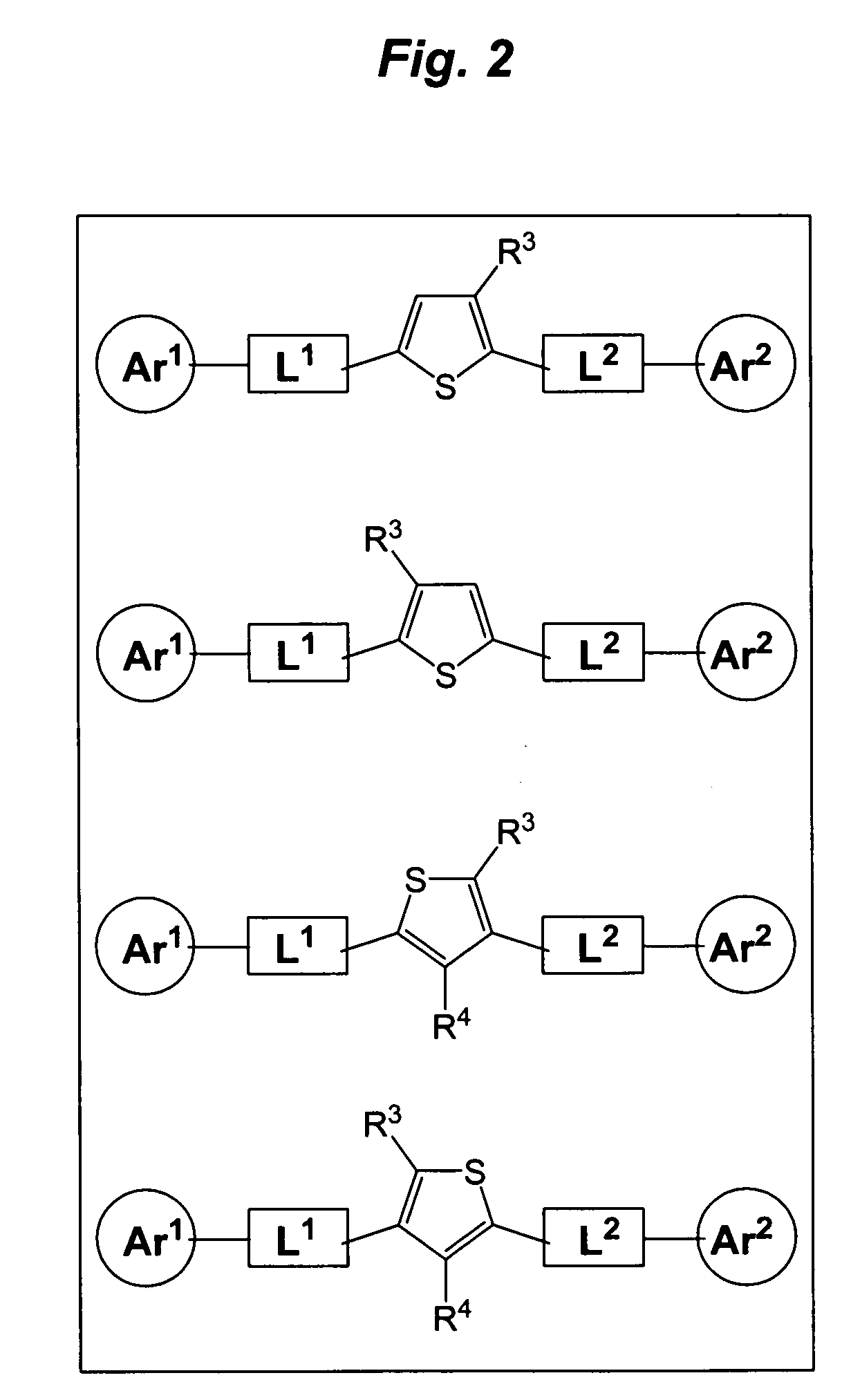Methods for treating neural disorders and conditions, and compounds useful therefor
a neural disorder and neurotrophic factor technology, applied in the field of compounds, can solve the problems of chronic, clinical studies with these protein-based neurotrophic factors have proved disappointing, and no effective treatment for acute neural injuries, etc., and achieve the effect of promoting neuroregeneration and promoting memory formation
- Summary
- Abstract
- Description
- Claims
- Application Information
AI Technical Summary
Benefits of technology
Problems solved by technology
Method used
Image
Examples
example 1
Assays for Detecting Neuroprotective Activity
[0114]Primary cortical neurons are prepared from 18-day-old embryos of Sprague-Dawley rats as described (Liu and Schubert J. Neurochem. 69, 2285-2293 (1997) and J. Neurochem. 71, 2322-2329 (1998)). Briefly, the cerebral cortex is dissected out under an anatomical microscope and is freed of meninges and blood vessels. The cortex is cut into small pieces and is then dissociated by trypsin digestion and passed through a pipette tip. Dissociated neurons are suspended in various media and plated on polylysine-coated 35 mm tissue culture dishes (1×106 cells / dish). Several different culture conditions were used. Invention compounds were added to cell culture dishes. Cell survival was measure 2-7 days after compound administration.
[0115]The following serum-containing medium was used: minimal essential medium (Sigma) containing 30 mM glucose, 2 mM glutamine, 1 mM pyruvate, penicillin (100 U / ml), streptomycin (100 μg / ml), and 10% fetal calf serum. ...
example 2
Structure-Activity Relationship of a Series of Compounds of Structure I
[0117]A number of compounds according to the present invention were synthesized (using standard synthetic techniques) to explore the structure-activity relationships. The structures of exemplary invention compounds tested are provided herein. The structure-activity relationships of various compounds according to the present invention with rat primary cortical neurons cultured in serum-containing or serum-free medium are set forth in Table 1.
[0118]
TABLE 1Structure-activity relationship I: rat primary cortical neuronscultured in serum- containing or serum-free medium.CompoundNeuroprotective activity at 1 μM11-001+++11-002011-006011-016011-021022-017022-018+22-019+++22-020022-021++++22-022022-023++++22-024022-025++22-026022-031+++22-032++22-033+22-034+22-035++22-036++22-037+++22-038+++22-043A022-043B023-155++++
[0119]Compounds according to the present invention show clear, specific structure-activity relationships. F...
example 3
Pharmacokinetic Evaluation of Invention Compounds
[0125]The present example demonstrates the ability of compounds of the invention to cross the blood brain barrier in mice. The pharmacokinetic properties of compound 11-001 (see FIG. 14) after a single oral dose were studied in 10-week old female BALB / c mice. Compound 11-001 was emulsified in 2.5% carboxymethyl cellulose at a concentration of 20 mg / ml and administered by gavage at a dosage of 400 mg / kg body weight (administered volume was 20 ml / kg body weight). The mice were then sacrificed at various intervals after administration (0, 1 hr, 2 hr, 4 hr, and 6 hr). Plasma was obtained from blood (mixed with K3EDTA to prevent coagulation) by centrifugation at 4,300 g for 10 min, extracted twice with ethyl acetate / propanol (9:1, v / v). The extracts were centrifuged at 5,000 g for 10 min to form aqueous / organic layers. The organic layer containing compound 11-001 was centrifuged at 20,000 g for 10 min to sediment particles. The extraction ...
PUM
| Property | Measurement | Unit |
|---|---|---|
| concentration | aaaaa | aaaaa |
| flow rate | aaaaa | aaaaa |
| structure | aaaaa | aaaaa |
Abstract
Description
Claims
Application Information
 Login to View More
Login to View More - R&D
- Intellectual Property
- Life Sciences
- Materials
- Tech Scout
- Unparalleled Data Quality
- Higher Quality Content
- 60% Fewer Hallucinations
Browse by: Latest US Patents, China's latest patents, Technical Efficacy Thesaurus, Application Domain, Technology Topic, Popular Technical Reports.
© 2025 PatSnap. All rights reserved.Legal|Privacy policy|Modern Slavery Act Transparency Statement|Sitemap|About US| Contact US: help@patsnap.com



